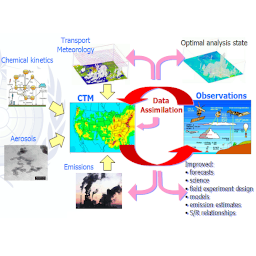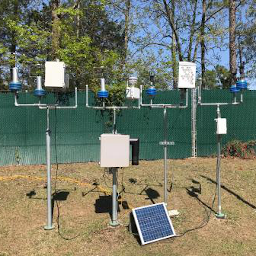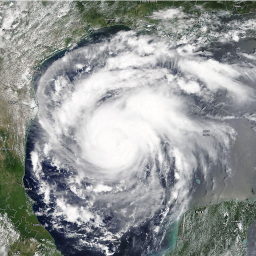
Mission Overview
credit: tempo.si.edu
The NASA TEMPO mission is scheduled for launch in April 2023 and will be hosted on Intelsat 40e, a geostationary communications satellite, at 91.0° West longitude for providing hourly East-West scans in the Field of Regard (FoR) covering Greater North America. For each geospatial scene in the FoR, the TEMPO grating spectrometer will measure the solar backscattered radiance from ultraviolet (UV; 290-490 nm) to visible (540-740 nm) wavelengths with a spectral resolution and sampling of 0.6 and 0.2 nm, respectively, and at suburban spatial resolution of 2.0 km x 4.75 km at the center of the FoR. The unique measurement capabilities of TEMPO will allow for the retrieval of aerosol and cloud parameters, along with the major elements in the tropospheric ozone (O3) chemistry cycle consisting of nitrogen dioxide (NO2), sulfur dioxide (SO2), formaldehyde (H2CO), glyoxal (C2H2O2), water vapor (H2O), and UVB radiation. With its multi-spectral capabilities, TEMPO will also provide enhanced sensitivity to O3 in the lowest 2 km of the troposphere, thereby characterizing boundary layer, free tropospheric, and stratospheric O3. The mission will also commit up to 25% of its observing time for conducting higher frequency, sub-hourly scans (every 5 or 10 minutes is possible) over selected portions of the FoR. Altogether, the unprecedented spatiotemporal observations from TEMPO will greatly advance the monitoring of the rapidly varying emissions and chemistry that governs our air quality.








